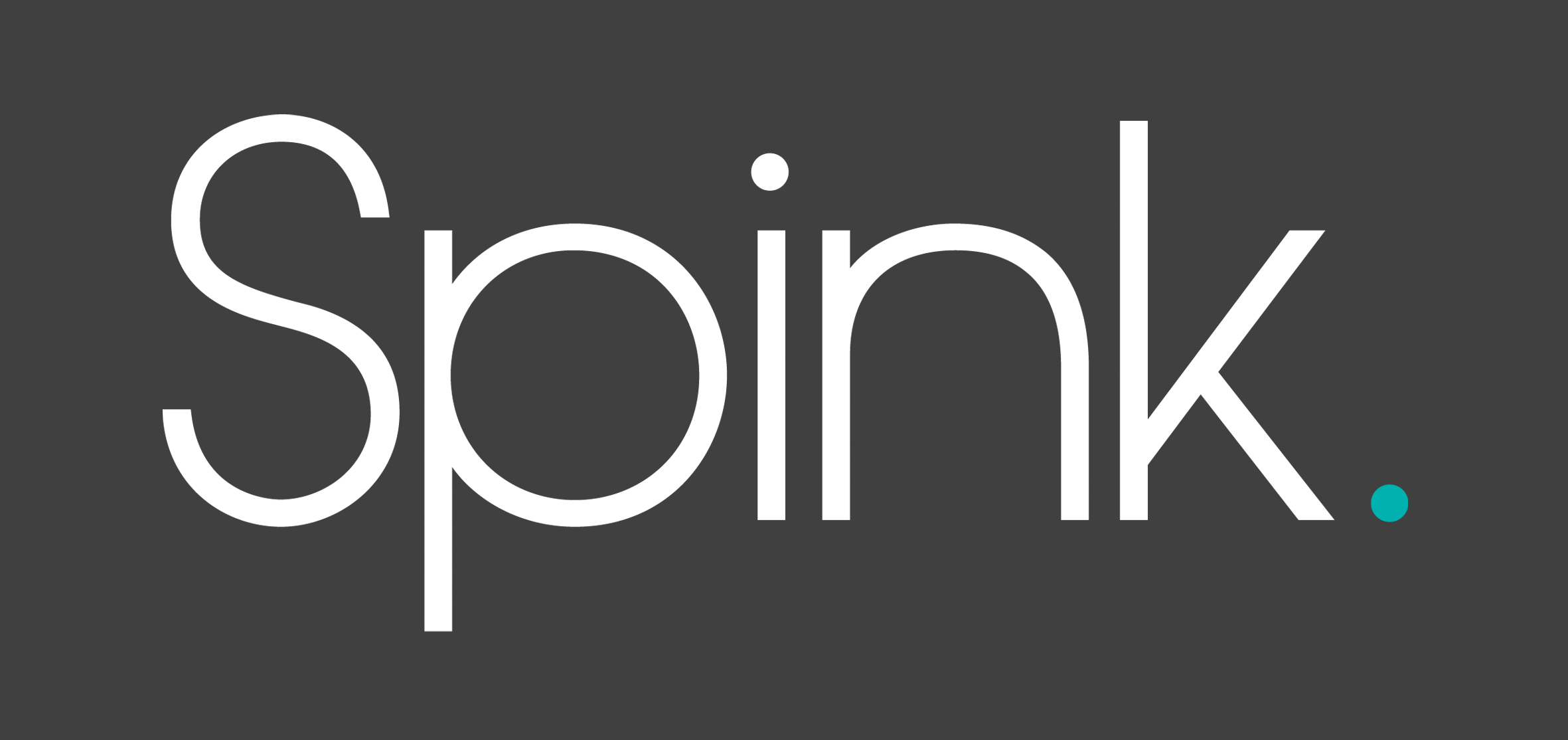PAGB has been calling for a national strategy to fully embed self care into people’s lives and support the delivery of the NHS Long Term Plan. As healthcare communicators and PAGB associate members, it is our task to align our comms strategy to support this effort and help to better inform people’s choices and national health outcomes overall. Patient centricity has always played a part in comms, whether that is delving in to patient insight, championing their voice or direct targeting. However, with an abundance of data on people’s health now available, communications can become even more targeted. Traditional communications campaigns are built on purchase behaviour, demographics, occupations, age, gender and so forth, but with a wealth of accessible personal data such as sleep patterns, heart rate, moods and blood sugar levels, brands can start to build clearer profiles and understand people’s behaviours more accurately.
Traditional tailored comms
Going back a few years to our work with a market leading oral analgesic; one of the key barriers was that pain affects people in different ways and has different causes, so an overarching strategy to target the masses, wouldn’t be as effective as we wanted. This prompted us to build a strategy that focused specifically on different pain profiles, such as back pain, dental pain, period pain and so on. As a result, we decided to create a multi-pronged campaign, which focused specifically on case studies, targeting each audience, as well as physically mapping the different profiles across the UK. By reaching various micro audiences in a relevant way and putting the audience central to the campaign, we saw an increased footfall in pharmacies with sales doubling during the media spike. A good learning from this campaign was that the patient centric content resonated well with similar audiences, encouraged self care in a considered way and will continue to do so in the future.
Centralising the audience
Another example which put the audience at its core, was one of the market leaders for diarrhoea sufferers. It was previously known for its clinical and heritage image; however, the client wanted to change its perception and reach the people who suffer in silence. Firstly, engaging with an audience on a taboo subject was going to be a tough ask, however, without putting the audience central to the campaign and gaining the insight we needed, we wouldn’t have been able to shift perception. Whilst creating a new tone of voice and personality for the brand seemed simple enough, we needed to ensure it was not only good for the brand, but relevant for the audience. Having PAGB’s ongoing support and advice during this period was of course very much welcomed, especially as we tried to re-launch the brand.
We knew that people didn’t want to talk about their condition, so we re-positioned the brand as a ‘modern lifestyle condition’ that didn’t just treat diarrhoea but helped get their life back in balance. Targeting the 25+ female then became easy, through a series of media parties, contemporary-looking women’s lifestyle advertorials, a Facebook festival engagement group and beyond. We saw a post-campaign evaluation rate of 100% brand perception change and overcame the media’s reluctance to talk about diarrhoea. We found that by providing a platform for people to talk about their conditions and allowing them to understand their treatment options, drove them to become more in control and promoted better self care for symptoms that might be construed as embarrassing.
What the future holds
As people are increasingly taking control of their own health and are beginning to see their GP less and pharmacist more, it’s important that pharmacy teams are given support from their peers, pharma companies and communications agencies to deal with the increase in demand. With better insight becoming available, consumer health brands and their comms agencies will be able to provide all the information that people need, either ahead of any pharmacy visits or even on their way to the counter.
Even though patient centricity has only been a term used over the past decade, it has always been central to any behaviour change campaign and with self care high on the agenda, comms teams will begin to think what it truly means to be patient centric. Emphasis on more personal patient profiling and gaining a deeper understanding of lifestyle influences, could result in even greater patient engagement, patient mobilisation and ultimately improved treatment outcomes.
https://www.spinkhealth.com/about-spink
By PAGB Associate Member, Spink



